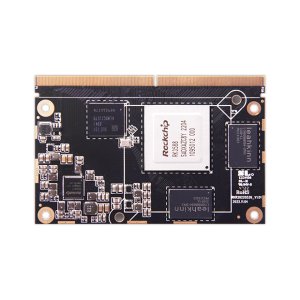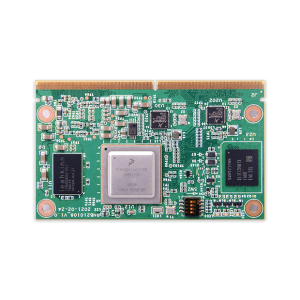What Is a Computer on Module (COM) and How It Benefits Embedded Systems
What Is a Computer on Module (COM) and How It Benefits Embedded Systems
Blog Article
Edge research has appeared as a progressive trend in the tech market, allowing faster data handling and decreased latency by providing computational energy closer to where knowledge is created. A key invention encouraging this change may be the rise of system on module manufacturers which are small, successful, and flexible computing products designed to incorporate effortlessly in to personalized hardware systems.

The Role of Computer on Modules in Edge Computing
Computer on Adventures are becoming essential in edge research because of their power to improve electronics design while sustaining strong running capabilities. In accordance with a recent record by MarketsandMarkets, the worldwide edge computing market is estimated to grow from $40.84 billion in 2021 to $132.11 billion by 2026, with COMs playing a significant position in that expansion.
These adventures are specially impactful in industries requiring real-time information evaluation at the edge. For instance, the transportation market uses COMs in autonomous cars for real-time decision-making, while intelligent cities release them to handle programs like traffic movement and power distribution.
Compact and Functional Design
One of many standout features of Pc on Modules is their compact and modular design. This enables developers to include high-performance research energy into edge units without the need for extensive electronics redesign. A survey by IoT Analytics discovered that 68% of organizations utilizing IoT solutions consider modular equipment like COMs important for fast implementation and scalability.
COMs also help customizable options, making them ideal for a wide selection of applications, from professional automation to healthcare. Their ability to conform to unique demands is just a operating power behind their ownership in edge computing systems.
Power Effectiveness and Performance
Edge processing products often operate in environments with limited energy resources. COMs handle that challenge by giving improved power effectiveness without limiting on computational strength. A study by Allied Market Study outlined that energy-efficient edge computing answers are expected to rule the segment through 2030, placing COMs as a vital element for achieving that goal.
Also, with breakthroughs in processors and incorporated design, COMs now offer the performance needed for AI-driven applications at the edge. This not merely increases real-time functions but also decreases dependence on centralized cloud systems.
Why the Future Goes to COMs
With world wide information generation projected to reach 175 zettabytes by 2025, edge research is defined to are more integrated than ever. Computer on Segments offer an versatile, energy-efficient, and scalable alternative for running this influx of data. Their relevance across diverse groups like healthcare, manufacturing, and telecommunications just underscores their pivotal position in surrounding the ongoing future of edge computing.
COMs are no further only a technological trend; they are the backbone of next-generation edge methods driving creativity and performance throughout the globe. Whilst the demand for edge computing keeps growing, therefore may the significance and influence of COMs in this rapidly growing landscape. So, it's secure to express that Computer on Segments are here to stay and may keep on shaping the ongoing future of edge computing.

Realization
Side research is transforming the way in which we process and utilize knowledge, with Computer on Adventures at the front of the revolution. Their small design, usefulness, energy effectiveness, and efficiency make sure they are an ideal option for processing real-time data at the edge. As industries significantly rely on side computing because of their procedures, COMs will perform a crucial role in driving invention and performance in these systems. Report this page